How to Create and Print Personalized Coloring Books for Kids
 Apr 09,2025
Apr 09,2025

 SESE
SESE
How to Create and Print Personalized Coloring Books for Kids
Coloring books are more than just fun and games — they’re powerful tools for creativity, learning, and emotional development. Whether you’re a parent, teacher, illustrator, or entrepreneur, creating a personalized coloring book for kids can be both rewarding and impactful. In this guide, we’ll walk you through every step — from concept to printing — and show you how Sese Printing Company can bring your vision to life with high-quality custom printing services.
|
|
|
|
|
1. Why a Coloring Book is Good for Kids
-
Fine Motor Skills: Holding crayons and coloring within lines strengthens hand muscles and coordination.
-
Creativity: Open-ended coloring fosters imagination and artistic expression.
-
Focus and Patience: Coloring helps children develop concentration and learn to complete tasks.
-
Emotional Expression: It provides a safe outlet for expressing feelings and moods.
-
Educational Value: Themed coloring books can teach shapes, numbers, letters, animals, and more.
-
Personalized coloring books take this a step further by including the child’s name, favorite characters, or custom messages — making the experience even more special.
2. What Makes a Great Kids Coloring Book
-
Age-Appropriate Designs: Younger kids need simple shapes and thick outlines. Older children enjoy more detail and variety.
-
Engaging Themes: Dinosaurs, animals, fairy tales, holidays, or even custom themes based on the child’s interests.
-
Interactive Elements: Add puzzles, mazes, or word games to make it more dynamic.
-
Personalization: Include the child’s name, birthday, or even custom illustrations of the child and their environment.
-
Quality Materials: Durable paper that resists bleeding and tearing enhances the user experience.
3. Understanding Kids Coloring Book Basics
-
Book Size: Common sizes are 8.5" x 11", A4, or square (8" x 8").
-
Page Count: Anywhere from 16 to 64 pages depending on your content and age range.
-
Binding: Saddle stitch (staple binding) is cost-effective and ideal for thinner books. Spiral binding is great for flat-lay functionality.
-
Paper Type: Uncoated, thick paper (like 100gsm or 120gsm) is best for crayons, colored pencils, and markers.
4. Planning Your Coloring Book
-
Define Your Audience: Age group, gender preferences, or special needs.
-
Choose a Theme: Select one coherent theme or mix multiple sub-themes to maintain interest.
-
Storyboard Your Pages: Sketch a rough layout of each page, including cover, title, activities, and coloring sections.
-
Number of Pages: Decide how many pages you want and organize your artwork accordingly.
5. Create Your Coloring Book Pages and Cover
-
Design Software: Use programs like Adobe Illustrator, Photoshop, Procreate, or free tools like Canva.
-
Create Line Art: Black-and-white vector illustrations work best for coloring. Make sure outlines are bold and clean.
-
Add Text: Simple instructions, fun facts, or character introductions can enrich the experience.
-
Cover Design: Design a bright, attractive cover that reflects your theme. Consider adding the child’s name or a special message.
-
Format: Set up your pages in the correct size with bleed margins for printing.
6. Preparing Your Artwork for Printing
-
Use High-Resolution Files: 300 DPI (dots per inch) for print clarity.
-
Set Color Mode to CMYK: For accurate color reproduction.
-
Leave Bleed Area: Typically 0.125” (3mm) around all edges for trimming.
-
Embed Fonts and Outlines: Convert text to outlines to avoid font issues.
-
Export as PDF: Save your print-ready files in PDF format with crop marks and bleeds.





 Home
Home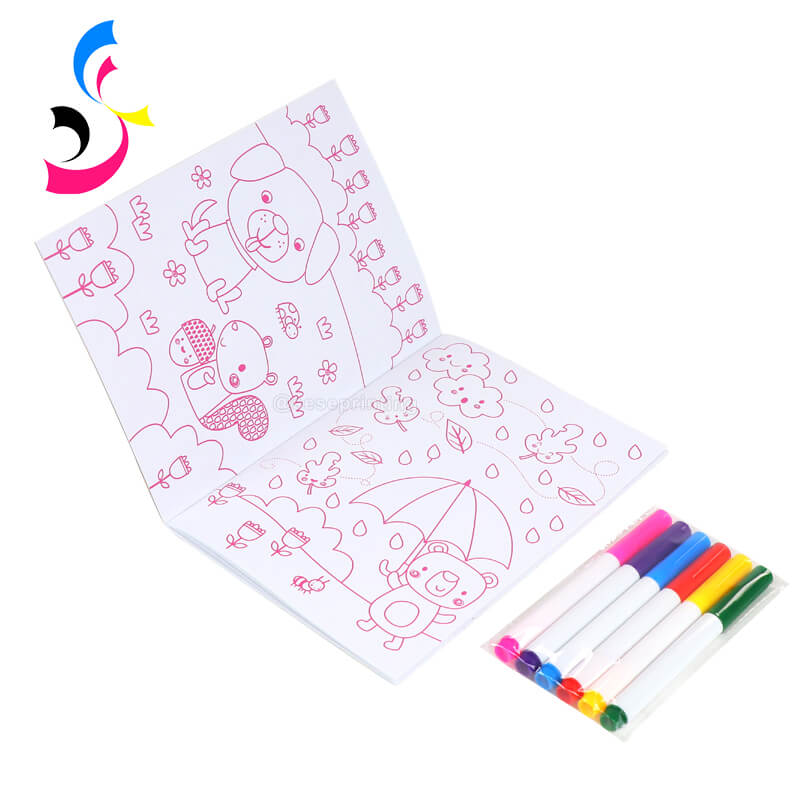
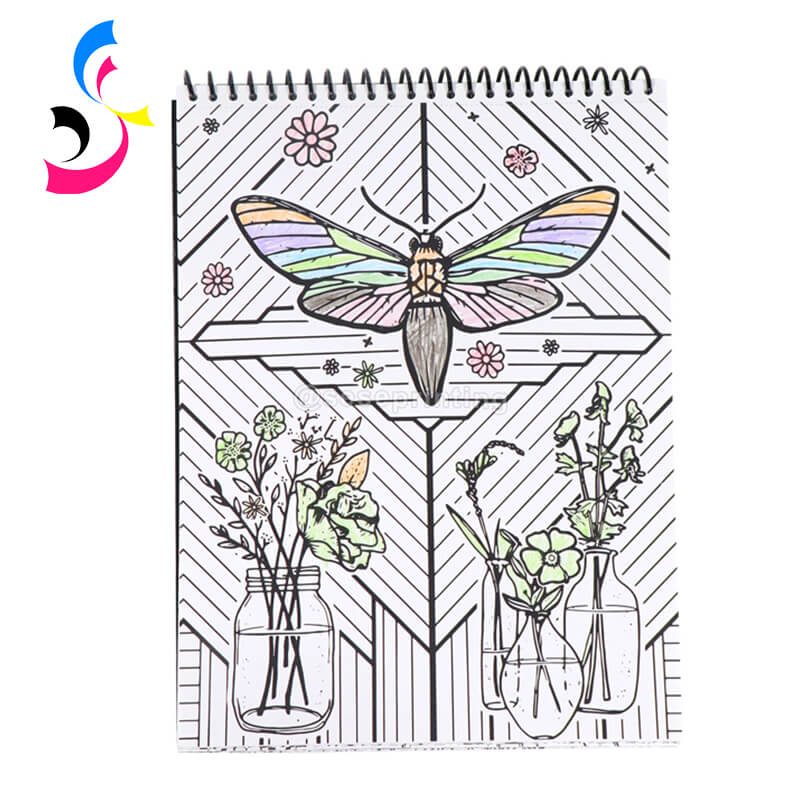
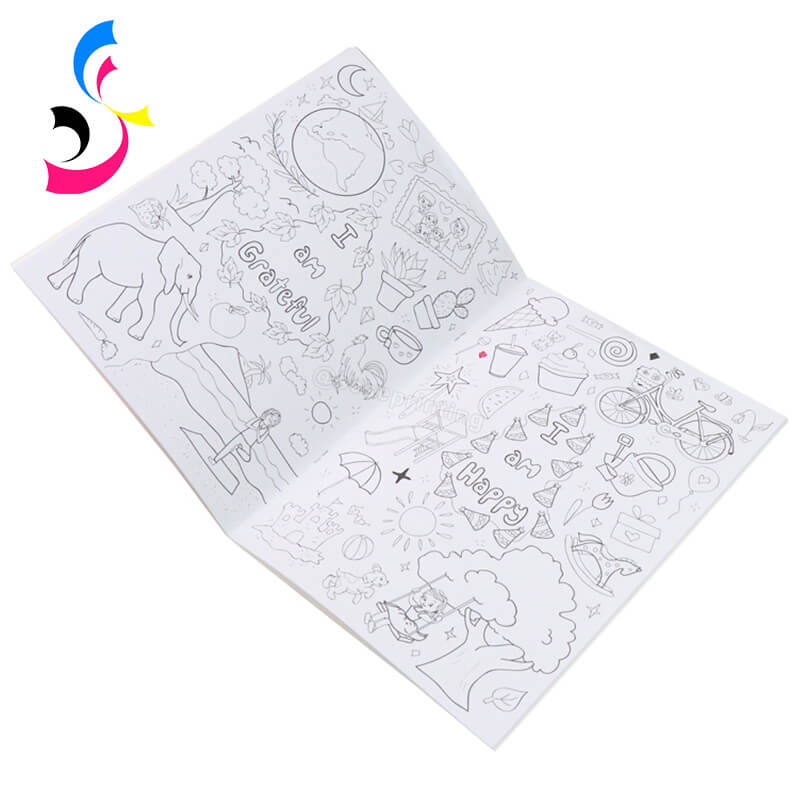
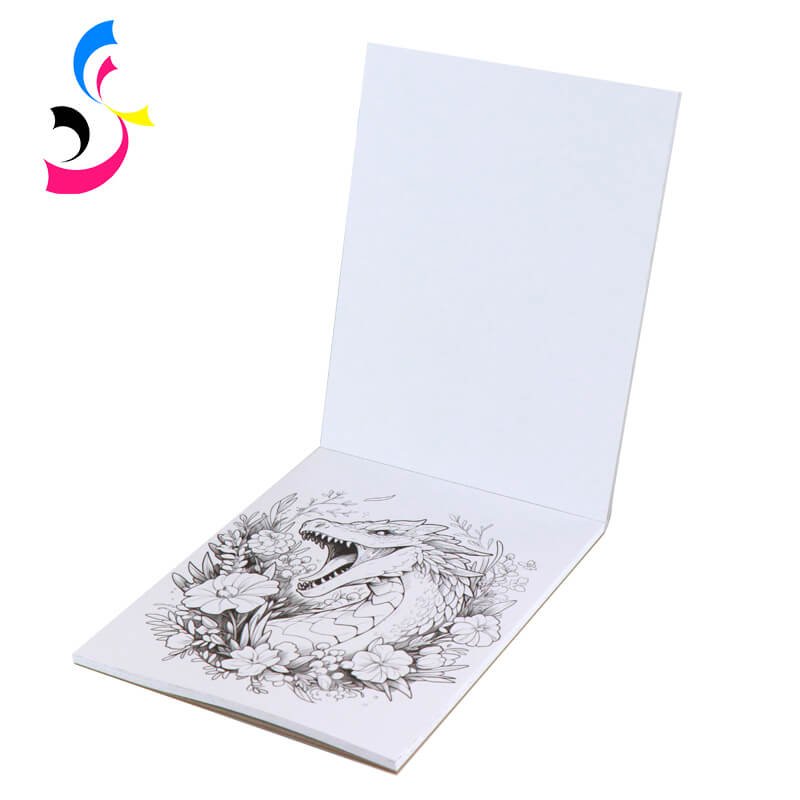
 Create Your Own Tarot Cards Printing with Guidebook
Create Your Own Tarot Cards Printing with Guidebook  You May Also Like
You May Also Like
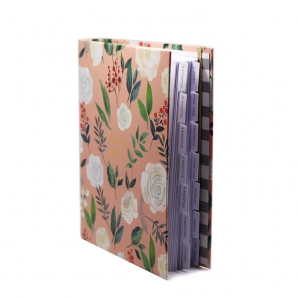

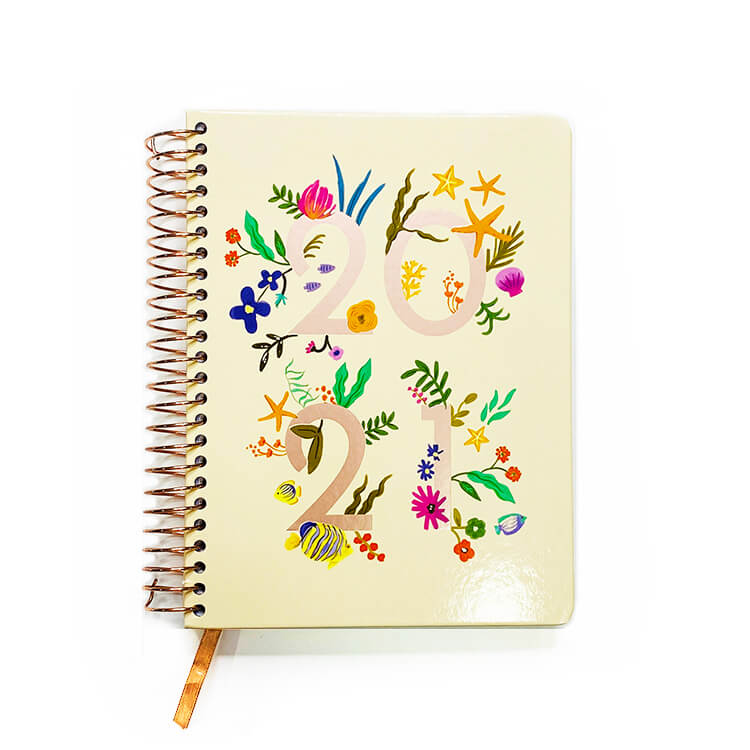

 Tel
Tel
 Email
Email
 Address
Address







